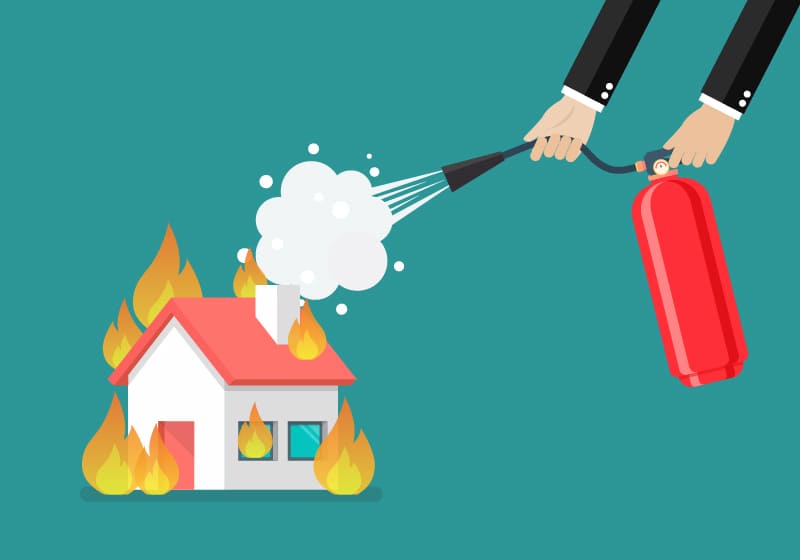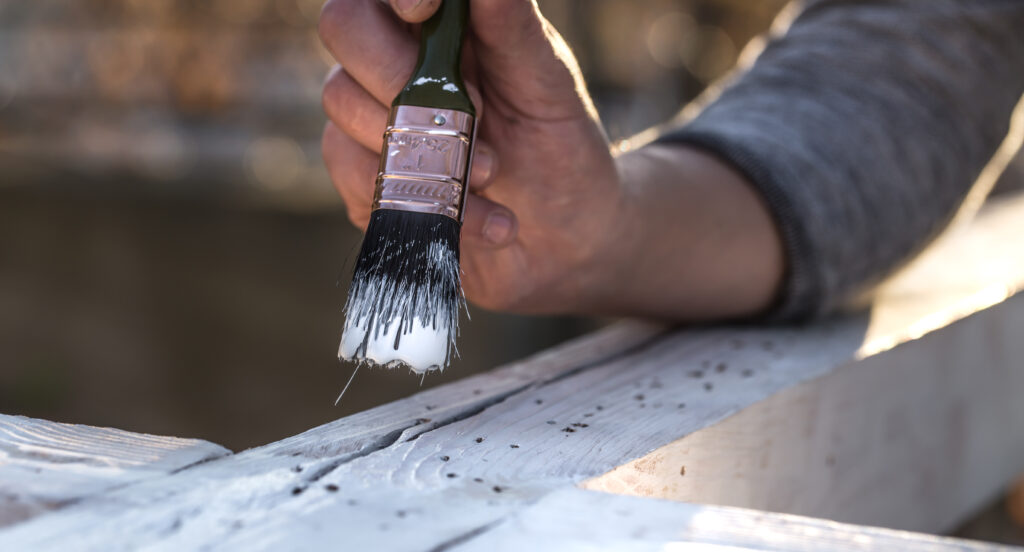When it comes to choosing the right home safety tools, you have a variety of options to consider. However, you might not be inclined to give a second thought to something so seemingly simple as a fire extinguisher. It turns out, there’s quite a bit to know about fire extinguishers and how to choose the best one for your home. Here’s what you need to know:
1. Fire extinguishers are made for different purposes.
Each fire is different, and so is every fire extinguisher. This is why it’s important to know that extinguishers are divided up into five main classes:
Classes A, B and C are most commonly found in homes, and can also be combined. Having a two- or even three-class extinguisher means you’re better prepared for different types of fires.
2. You also need to choose the right extinguishing agent.
A common assumption with fire extinguishers is that they all produce a white chemical cloud to subdue flames. In fact, there are six types of extinguishing agents, and each reacts a different way.
3. Place extinguishers around your home.
When you decide which extinguisher will best suit your home, buy multiples to place strategically throughout your space. At the very least, keep an extinguisher on each level of your home. To increase your chances of stopping a fire early on, place extinguishers in the kitchen, the garage and the mechanical room. It’s also a good idea to place a working smoke alarm in these spots. Don’t forget to set aside a little time for a family safety meeting so everyone knows where extinguishers are and how they work.
4. Plan and practice fire extinguisher safety.
Before a fire starts, you and your family need to be prepared. Create both a fire prevention plan and an escape plan for when you need to get to safety. As you practice using an extinguisher, always remember the PASS method:
Remaining ready for a home fire will reduce your risk of injury and potentially save your home.
Make sure there are no hidden fire hazards with NPI.
A knocked over candle or spilled frying pan aren’t the only ways a fire can start in your home. That’s why it’s important to have your home checked with a professional inspection from NPI. Contact your local inspector to schedule an inspection today.



